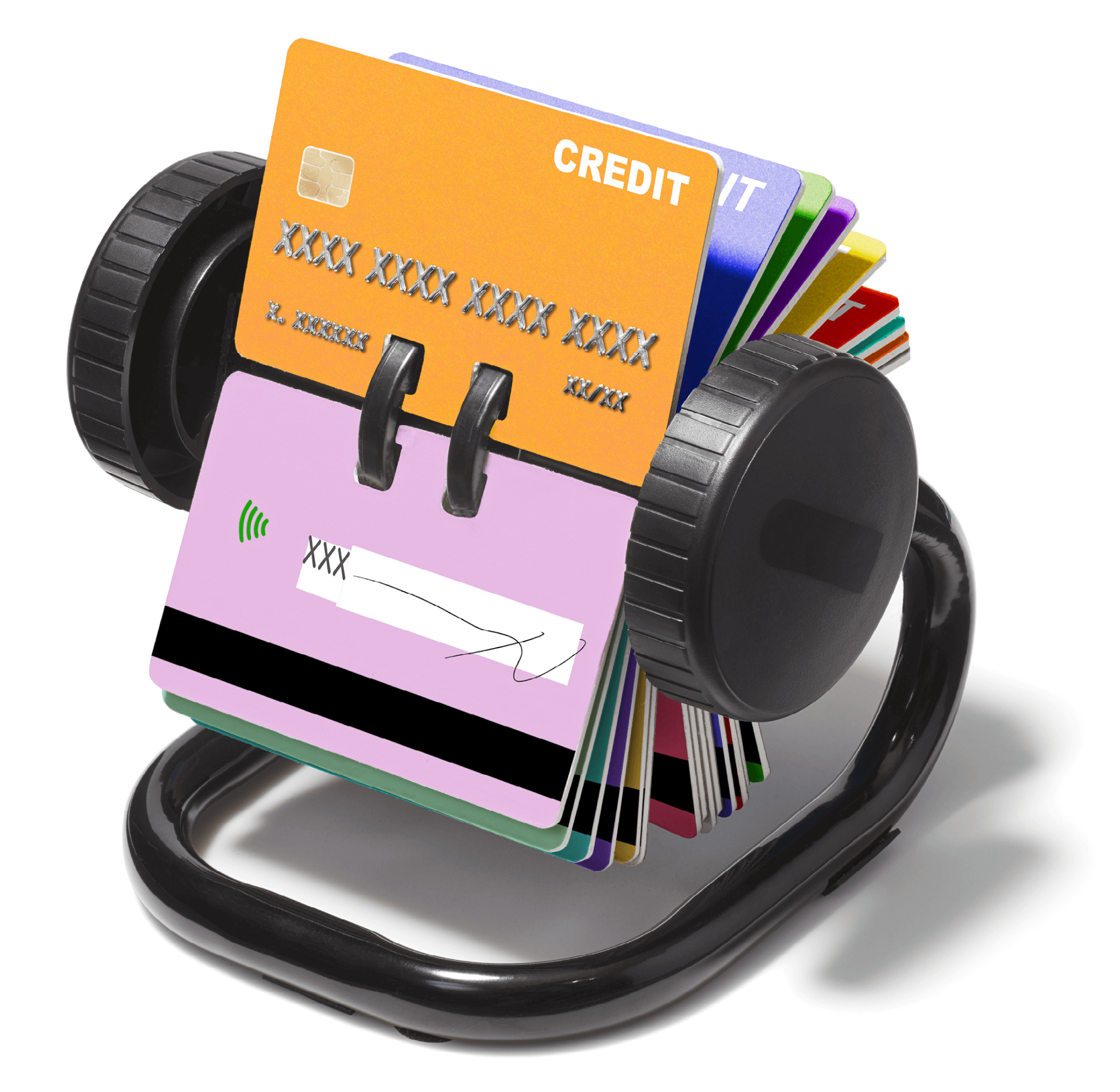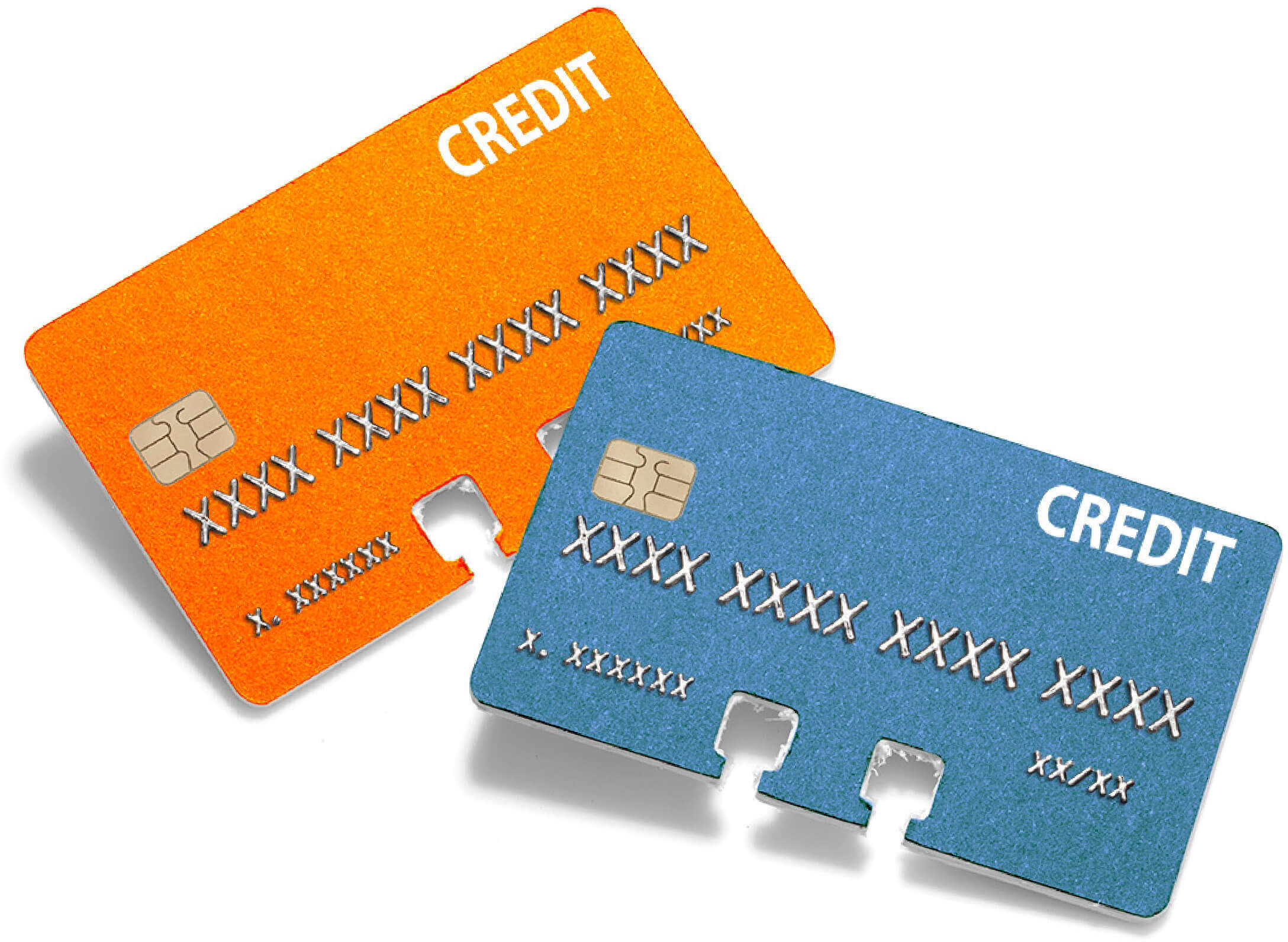MONEY SAVER/SMART MONEY MOVES 2023
Find a Better Credit Card
Cash rebates, travel points, balance transfer offers and more make exploring new options worthwhile

IF YOU HAVEN’T reviewed your credit cards recently, it’s time to take a close look. As inflation has led shoppers to shift their spending, banks have revamped many of their credit card offerings. Those changes may limit the cash back or points you can earn and complicate the task of managing your benefits.
Reviewing your own spending patterns will also be helpful. Perhaps you’re taking a long-awaited overseas trip and want to earn points while abroad. Or maybe you’d like to tweak your card lineup to cut costs, maximize rewards or nab a sign-up bonus.
One caveat: If you aren’t paying your balance in full each month, clear out those debts first. Rewards won’t be worth it if you’re incurring interest on unpaid balances. Credit card interest rates reached an average of 20.5 percent in August 2023, the highest level since 1985, according to Bankrate.com.
If you’re on track, however, these tips can help you find the best credit card, depending on your profile. (Check offer terms before sign-up, since they can change at any time.)

EVERYDAY SPENDER
You want no-hassle cash for daily purchases.
Smart option: A flat 2 percent cash-back card
A cash-back rewards card is a great way to take the edge off today’s higher costs, since you automatically earn a rebate for your spending, typically 1 percent to 6 percent of the purchase price. Some cards give you a flat percentage on all purchases. The no-fee Wells Fargo Active Cash Card, for example, pays 2 percent with no limit, and the Citi Double Cash Credit Card, also no-fee, pays a 1 percent rebate on purchases and 1 percent as you pay off your balance.
Other cash-back cards pay higher rewards for purchases in different spending categories. Rebates from the no-fee Capital One SavorOne Rewards Credit Card include 3 percent cash back on dining, groceries (except at warehouse stores) and certain entertainment purchases. Rebates can climb to 10 percent on Uber Eats; they’re 1 percent on most other purchases. The no-fee AARP Essential Rewards Mastercard from Barclays gives 3 percent back on most gas and drugstore purchases, 2 percent on eligible medical expenses and 1 percent on all other purchases.
With some cards, the reward categories shift periodically. The no-fee Chase Freedom Flex Card, for example, pays 5 percent on up to $1,500 of combined spending in categories that rotate every three months. Cash back ranges from 1 percent to 5 percent on other spending.
“The flat 2 percent cash-back card is surprisingly tough to beat for simplicity and value,” says Ted Rossman, senior industry analyst at Bankrate. But if you can track different spending categories, you can deploy an additional card for specific purposes.

TRAVELER
You want points for airline tickets, hotel stays, car rentals, dining out and more.
Smart option: A flexible travel card
Frequent travelers who stick with a particular airline or hotel chain, such as Delta or Hilton, often opt for a credit card tied to that brand. That way, road warriors can earn seat upgrades, free hotel nights, waived checked-bag fees and access to airport lounges, among other rewards. The cards tend to provide additional benefits, such as travel insurance, rental car insurance and no-fee foreign currency transactions. But brand-centric cards may not be the best choice for occasional travelers, says Adam Van Deusen, a financial planner with Kitces.com. That’s because many carry high annual fees and limit the highest awards to spending on those brands.
For more flexibility, consider a general-purpose travel rewards card that offers a variety of options for redeeming points. Chase Sapphire Preferred (annual fee: $95) lets you apply your points to several loyalty programs, including United Airlines, Southwest and Marriott. You’ll earn the highest number of points if you book through its Chase Ultimate Rewards portal. The no-fee Capital One VentureOne Card offers 1.25 miles per dollar spent, but more for travel booked through Capital One Travel.
It’s important to monitor travel cards’ points systems for claiming rewards, since they can be complex and change frequently. “It can be challenging to keep up with these programs and to determine if you are getting value,” says Van Deusen.
Be wary of hefty sign-up bonuses. Typically, to land a big one, you’ll have to spend quickly—perhaps thousands of dollars within three months. “You don’t want to overspend to get those rewards and find yourself in debt,” says Matt Schulz, chief credit analyst at LendingTree.

LOYAL SHOPPER
You want deals at your go-to store.
Smart option: A flexible branded rewards card
Most major retailers offer a branded credit card that gives customers discounts, free shipping and other perks. But rewards are often limited to store purchases. And if you don’t pay in full each month, you’ll likely be charged a steep interest rate, which can exceed 30 percent. “If you carry a balance, you should definitely avoid store cards,” says Bill Hardekopf, cofounder of BillSaver.com.

Other branded credit cards, however, pay rewards on general-purpose spending. The Citi Costco Anywhere Visa Card (no fee for members) pays 4 percent on eligible gas and EV charging purchases up to $7,000 annually, 3 percent on restaurant and travel spending, 2 percent on Costco purchases and 1 percent on everything else. Amazon Prime members can get a no-fee Amazon Prime Rewards Visa Signature Card, which offers 5 percent on Amazon and Chase Travel purchases; 2 percent on gas, transit and restaurant spending; and 1 percent on other purchases.

DEBT CUTTER
You’ve been struggling with a high-rate balance.
Smart option: A balance-transfer card
To pay down credit card debt, consider a balance-transfer card, says Jill Gonzalez, spokesperson for WalletHub.com. This move will allow you to shift your debt from a high-cost card to one that charges little or no interest for a set grace period, typically 18 to 21 months. Recently the no-fee Wells Fargo Reflect Visa Card offered a 0 percent transfer rate for 21 months.
To qualify for a balance-transfer card, you usually need a good or excellent credit score, perhaps 700 or higher. And you’ll generally have to pay an upfront fee of maybe 3 percent to 5 percent of the balance. That can be a big investment. “You need to pay off the balance by the end of the grace period, or you won’t be doing yourself any favors,” says Hardekopf.
If you can’t qualify for a balance-transfer card, try asking your card issuer for a lower rate. “Card issuers are more likely than before to grant rate reductions,” says Schulz. A recent survey by LendingTree found that 76 percent of those who asked their card issuer for a lower rate in the past year got one.

ROOKIE
A loved one needs a first credit card.
Smart option: A secured card
If you have a college-age kid or grandchild without a card, one option is to add the newbie as an authorized user to one of your cards. That can help build a credit history and provide a learning opportunity for managing spending. Apple and U.S. Bank let you add someone as a joint owner of your card, giving you equal authority to spend—and putting you equally on the hook for the bills.
A more direct step is a secured credit card, which lets people build a credit history on their own. Secured cards require a deposit, often $200 to $300, which sets the credit limit. After the cardholder makes consistent payments for six to 18 months, the deposit is returned, and the issuer may upgrade the card to a traditional unsecured version. Secured cards are offered by most major banks.
To avoid late fees, encourage your family member to set up automatic payments, says Rossman. He or she can also opt to get notifications when transactions take place or the balance approaches the credit limit.
Penelope Wang is an award-winning personal finance journalist who has worked at Consumer Reports and Money magazine.